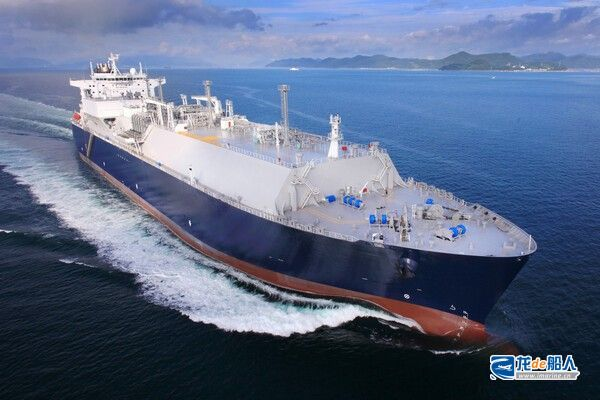According to data released by the Korea Shipbuilding & Offshore Engineering Association on September 29, global shipowners had placed orders for a total of 16 liquefied natural gas (LNG) carriers as of the end of August. South Korean and U.S. shipyards secured 14 and 2 vessels, respectively, accounting for 88% and 12% of the market share, while Chinese shipbuilders received none.

By shipbuilder, Samsung Heavy Industries won seven vessels, HD Hyundai Samho Heavy Industries secured five, Hanwha Ocean and Hanwha Philly Shipyard each obtained two. The orders came from a range of shipowners, including Denmark’s Celsius Tankers, Hanwha Shipping, the UK’s Purus Marine, and Greece’s Evalend Shipping and TMS Cardiff Gas.
Notably, a significant portion of the construction work for the two LNG carriers ordered from Hanwha Philly Shipyard will be carried out at Hanwha Ocean’s Geoje shipyard in South Korea. Hanwha Philly will primarily handle U.S. regulatory compliance and safety certification.
The newbuilding market for LNG carriers was previously dominated by Chinese and South Korean shipyards. In 2022, Chinese and South Korean builders won orders for 56 and 115 LNG carriers, respectively, capturing 32.5% and 67.5% of the market.
Two years later, in 2024, the gap has narrowed considerably. Chinese yards secured 28 orders, compared to 48 for South Korean yards. China’s market share rose to 42.8%, while South Korea’s fell to 57.2%. Among them, Hudong-Zhonghua Shipbuilding, a subsidiary of China State Shipbuilding Corporation, led globally with 24 LNG carrier orders this year.
Industry analysts point out that the current pause in LNG carrier orders for Chinese shipyards stems from two main factors: U.S. trade restrictions and a slowdown in orders from Qatar.
Effective October 14, the United States will impose a fee of $50 per net ton on vessels built in China—or operated or owned by Chinese entities—calling at U.S. ports. This fee will gradually rise to $140 per ton by 2028. Even vessels built in China but operated by non-Chinese entities will be subject to a fee starting at $18 per ton, phasing up to $33.
As for Qatar, Hudong-Zhonghua Shipbuilding signed a contract in 2024 with QatarEnergy for 24 ultra-large LNG carriers (ULLCs), each with a capacity of 271,000 cubic meters. Each vessel is valued at approximately $333 million, bringing the total contract value to about $8 billion. However, with the completion of the second phase of QatarEnergy’s “historic LNG fleet expansion program,” new orders related to Qatari projects have stalled.
The current order drought reflects the continued tight situation in the LNG newbuilding market for Chinese yards. Although several shipowners have disclosed that they are in talks for LNG carrier projects, no new orders have been finalized.
The industry is now looking to the second half of the year for a rebound in LNG carrier orders. The U.S. is expanding its LNG export infrastructure, with projects centered in Texas and Louisiana expected to reach an annual export capacity of 100 million tons by 2027—requiring more than 40 new LNG carriers. Meanwhile, Qatar’s NGL-5 project is expected to require at least 20 new vessels, with further details likely to emerge later this year.
“LNG carrier orders are expected to pick up in the second half of this year,” said an industry insider. “Although price pressure remains, demand is set for structural growth amid the global push for energy security and the transition to cleaner fuels.”


